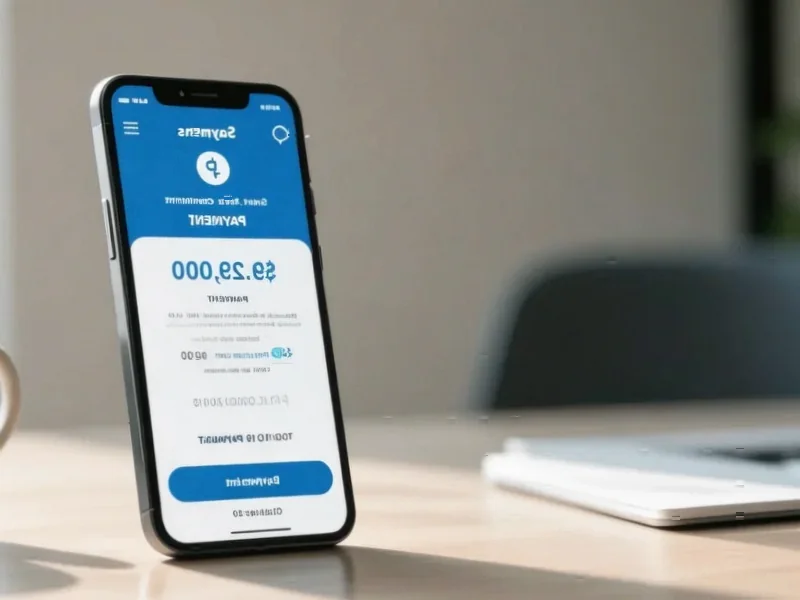According to Forbes, 1% for the Planet has built a network of nearly 5,000 businesses that commit 1% of their revenue—not profit—to vetted environmental causes, with lifetime certified giving exceeding $800 million. Founded in 2002, the nonprofit now has about 55% of its members based outside the United States and is on track to reach $1 billion in total giving by 2028. CEO Kate Williams emphasizes this isn’t about mega-donations but thousands of distributed decisions moving resources where they matter most. The model comes against a stark backdrop: environmental and animal organizations received only about $21.2 billion in 2023, roughly 3% of all U.S. charitable giving, while climate adaptation funding remains critically underfunded at just one-third of what’s needed annually.
The revenue versus profit difference
Here’s where it gets interesting. Most corporate giving programs donate a percentage of pre-tax profits—which means when times get tough, philanthropy gets cut. 1% for the Planet flips that script entirely. They ask for 1% of revenue, which Williams admits often prompts a “gulp” from business leaders. But that’s exactly the point. Think about it: your rent doesn’t fluctuate based on profitability. Your payroll isn’t optional during a down quarter. So why should saving the planet be treated as discretionary spending?
This approach creates predictable funding streams that environmental nonprofits can actually count on. And it’s a massive departure from the corporate norm—U.S. companies typically donate only about 1% of pre-tax profits to charity anyway. By making environmental giving a fixed cost rather than a nice-to-have, companies are forced to treat planetary health as seriously as they treat other operational expenses.
Beyond the check: operational ripple effects
The real magic happens when this commitment starts influencing actual business decisions. Williams shared the story of Sunski, a sunglasses company that joined the network and got some uncomfortable feedback from a nonprofit partner: “There’s a lot of plastic in your packaging.” After hearing similar concerns from Patagonia founder Yvon Chouinard, Sunski completely redesigned their packaging and even created a new manufacturing process using recycled plastic pellets from another 1% member.
That’s the kind of operational change that happens when environmental responsibility becomes embedded in your business identity. It’s not just about writing checks—it’s about rethinking everything from supply chains to product design. And honestly, that’s where the real impact happens. Anyone can donate money, but changing how you operate? That’s transformative.
The matchmaking challenge
Here’s the thing: giving money away effectively is harder than it looks. Companies often struggle to find the right partners and ensure their donations actually drive impact. 1% for the Planet addresses this through rigorous vetting and a structured “discernment” process that helps members align giving with both their business strategy and environmental priorities.
They’ve evolved their framework from narrow environmental categories to four cross-cutting areas: just economies, resilient communities, rights to nature, and conservation and restoration. This broader definition acknowledges that environmental challenges are interconnected with social and economic systems. For companies just starting their philanthropy journey, this guidance is invaluable—it turns vague intentions into targeted action.
Scaling impact through distributed networks
The beauty of this model is its scalability through distributed decision-making. Instead of a few massive foundations deciding where all the money goes, you have thousands of businesses making localized giving decisions based on their specific expertise and community knowledge. Some support global nonprofits, others fund hyper-local grassroots efforts. The common thread is that every dollar is certified and vetted.
As climate impacts intensify and charitable giving patterns continue to show environmental causes receiving a disappointingly small slice, models like this become increasingly important. The discipline of “1% of revenue, verified” creates accountability where traditional philanthropy often falls short. It’s making the planet a line item in corporate budgets—not an afterthought, but a fundamental business consideration.




